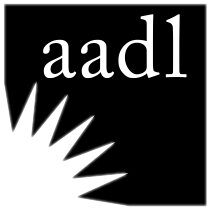Malnutrition, the lack of, excess, or imbalance of nutrients, is common in older adults (age 65+). 10% of older adults living alone do not eat enough food. This number increases to more than 50% when looking at older adults in nursing homes. One third of older adults age 65+ eat too much while remaining sedentary. Malnutrition can have devastating effects; deaths due to malnutrition increased from 9,300 in 2018 to 20,5000 in 2022. Covid negatively affected malnutrition by making it difficult to purchase groceries and shutting down community programs such as senior lunch programs.
Types of Malnutrition
- Under-nutrition: This is when an older adult does not have access to enough food. Someone in this category may lose weight, or they could be lacking nutrients with no visible physical change.
- Over-nutrition: This is when an older adult is no longer as active as they once were but continues to eat the same amount.
Effects of Malnutrition
- Losing muscle mass/protein can make it more difficult for older adults to complete daily tasks of living.
- Over-nutrition and weight gain can lead to a host of medical issues.
- Increased risk of falls.
- Increased risk of infections.
- Slower healing from infections.
- Involuntary weight loss.
- Inflammation
Signs to Watch For
Community Resources
- Ann Arbor Meals on Wheels
- Chelsea Meals on Wheels (Via the Chelsea Senior Center)
- Milan Meals on Wheels (Via Milan Seniors for Healthy Living)
- Prescription for Health program connects patients with lower incomes to their local farmers market through their medical clinic.
- Senior Project Health program provides low-income seniors with coupons to purchase locally grown fruits and vegetables at their local farmers markets.
- Washtenaw County Senior Nutrition Program
- Ypsilanti Meals on Wheels
Visit the Senior Resource Connect Senior Resource Directory for food resources, including food pantries.






